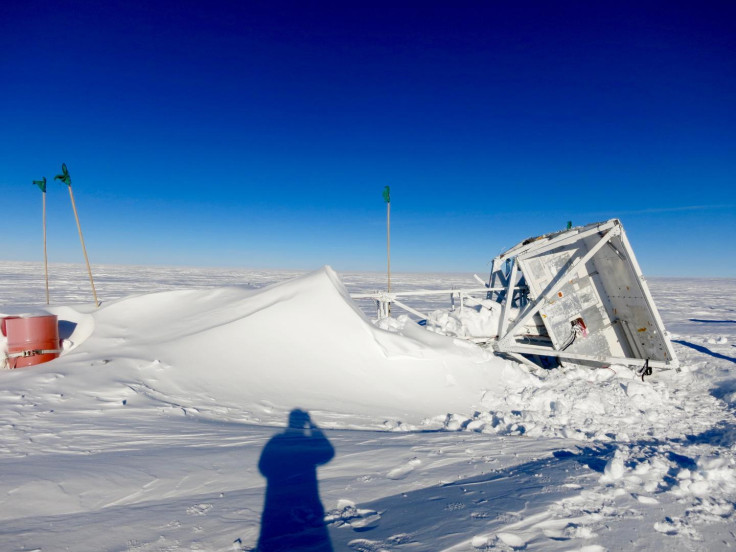Nasa finally gets its balloon back from Antarctica after a year of blizzards
The balloon carried instruments to measure solar flares, all of which seem to be unharmed by the landing.
A helium balloon the size of a football pitch when expanded flew around the continent of Antarctica for 12 days in 2016, but it took Nasa a whole year of waiting for the weather to be safe enough to go and pick it up.
The scientists have now collected the expensive telescope the balloon carried to observe the Sun, and transported it back to the Amundsen-Scott South Pole Station.
The helium balloon was sent to take detailed measurements of high-energy particles given off by solar flares as part of the GRIPS project. Solar flares can have effects on Earth through the release of these high-energy particles. The GRIPS telescope measured X-rays and gamma-rays from solar flares to study how often solar flares are happening and what they are made up of.
The balloon was launched on 19 January 2016 from the American Antarctic research base McMurdo Station. It travelled about 500 miles in the time it was aloft, arcing anticlockwise around the centre of the continent and pitching down in the snow far from the base. The balloon didn't fly for as long as hoped, as it was expected to remain airborne for between 14 and 55 days.
Although it landed sooner than hoped, it appears not to have been seriously damaged by the fall.
"Despite sitting on the ice for a year, no snow had made it into the electronics," said Hazel Bain, a University of California, Berkeley physicist who led the recovery operation with Berkeley PhD student Nicole Duncan.

"The cryostat instrument, which houses the GRIPS detectors, seemed in great condition, and we're hoping to use some of the instruments again," Bain said.
The GRIPS instruments are now expected to be shipped back to the US from McMurdo via the Ocean Giant, a ship that comes to restock the station once a year.
Winters in Antarctica are harsh and dangerous. The lowest ever recorded temperature on Earth was in East Antarctica, at -94.7C in October 2010.
© Copyright IBTimes 2025. All rights reserved.






















